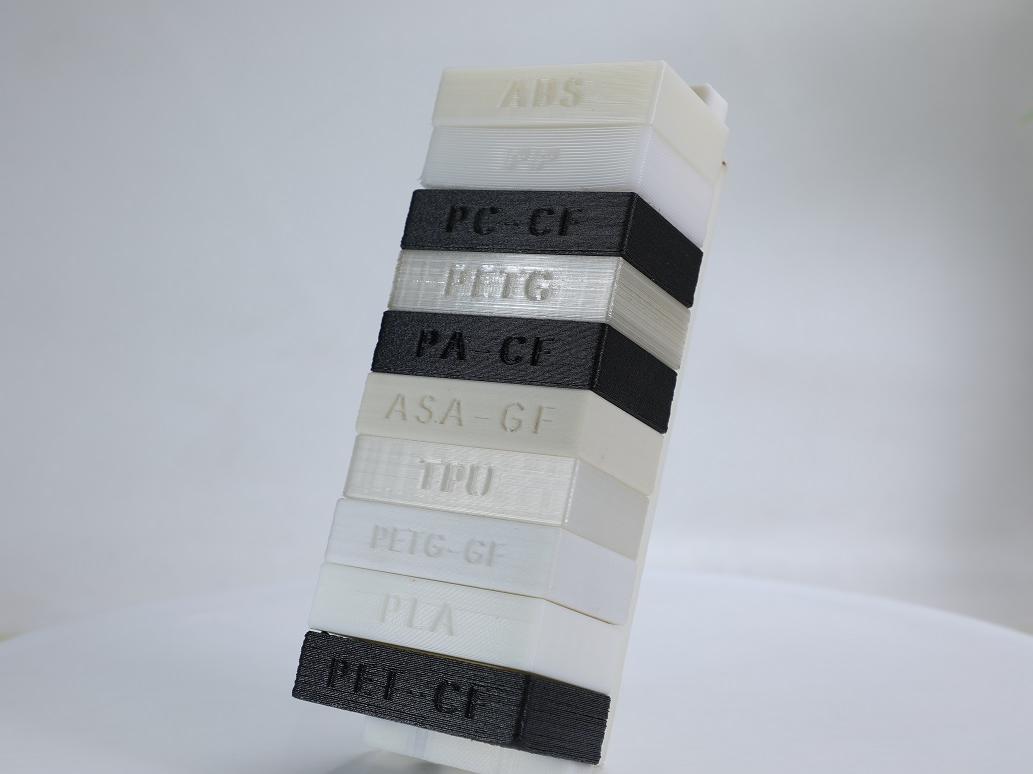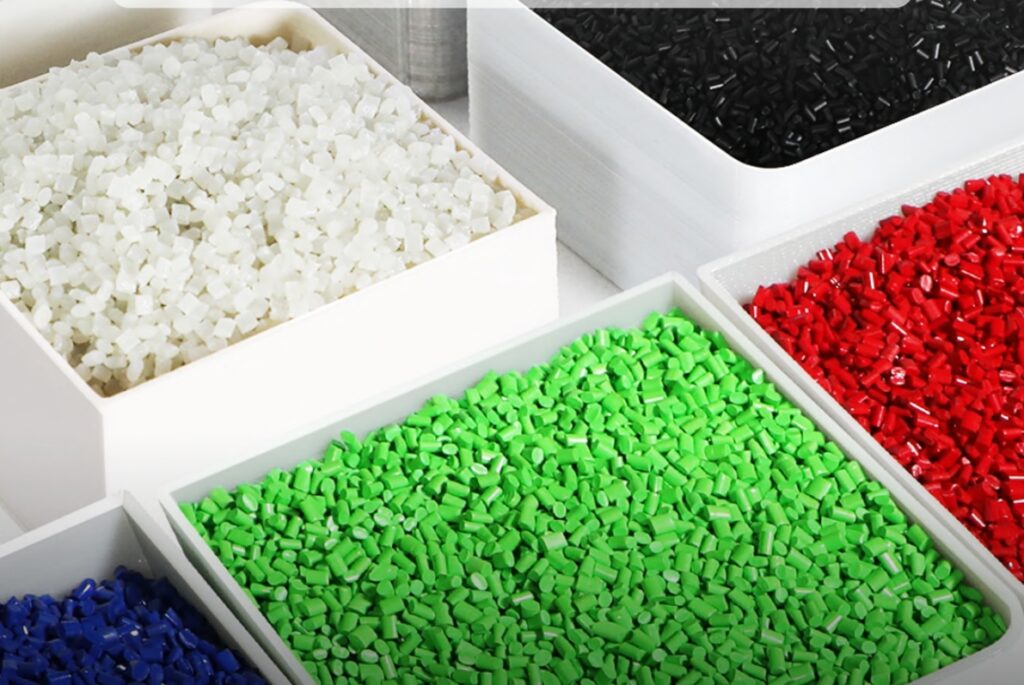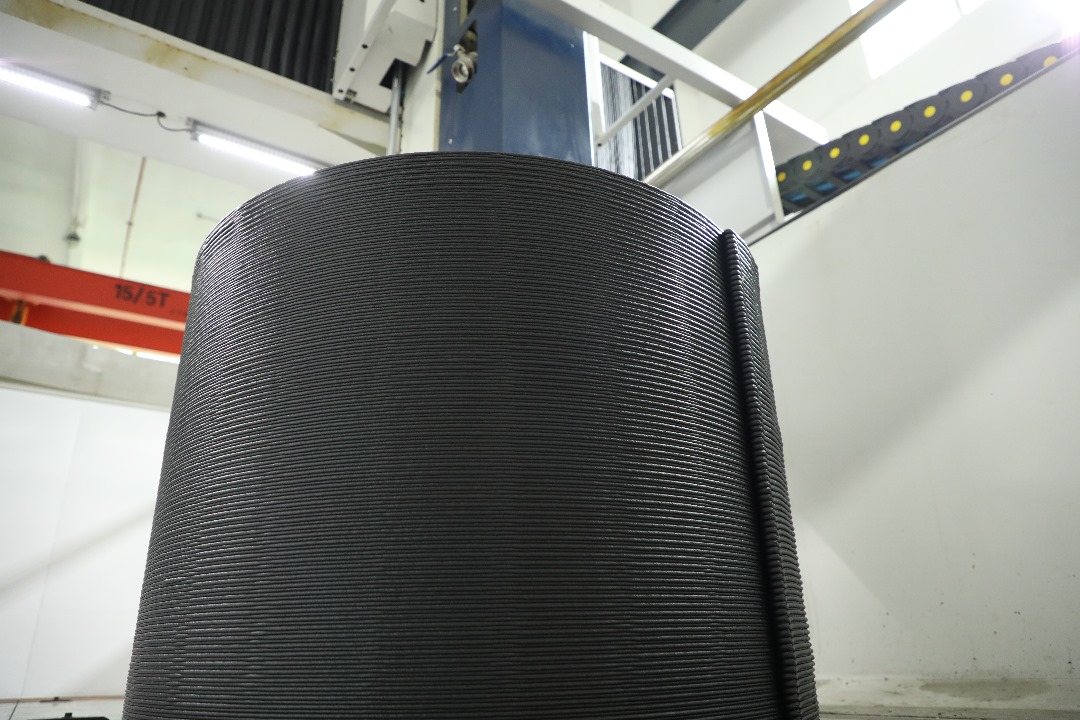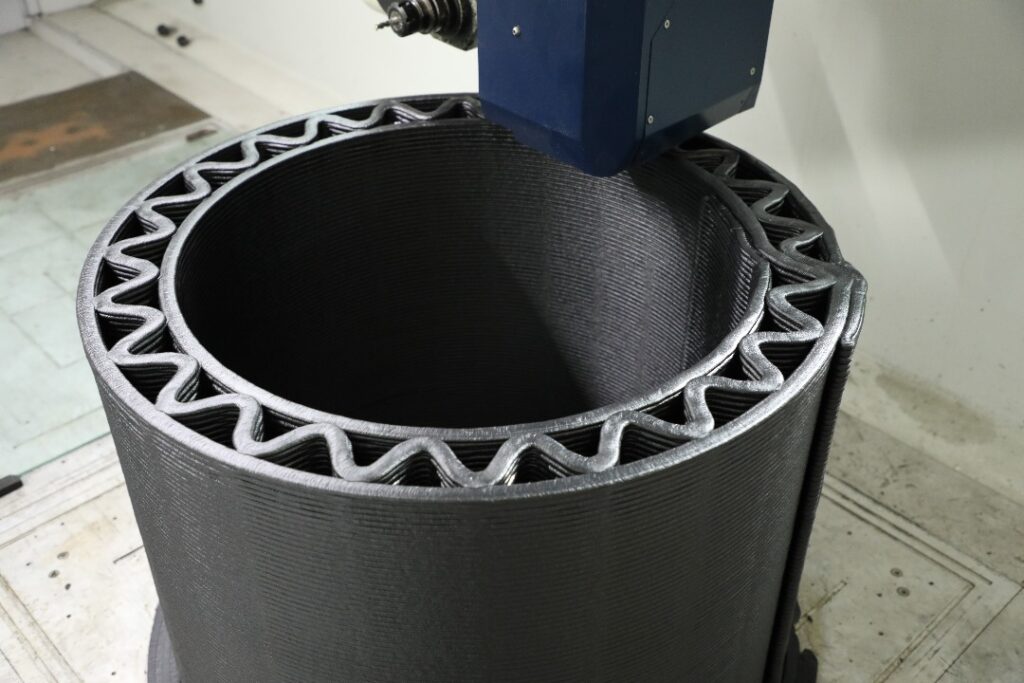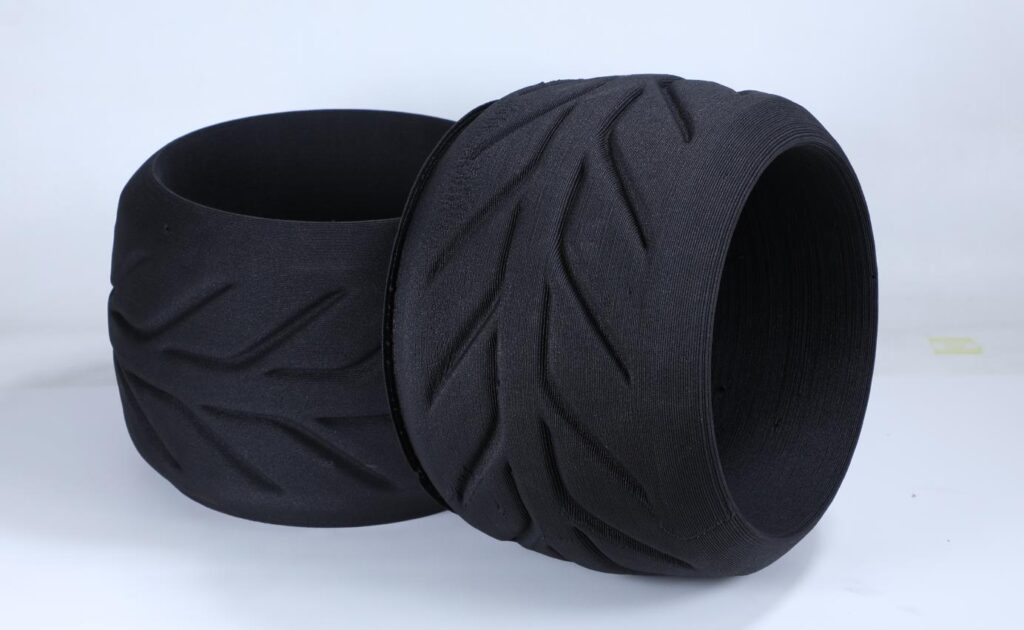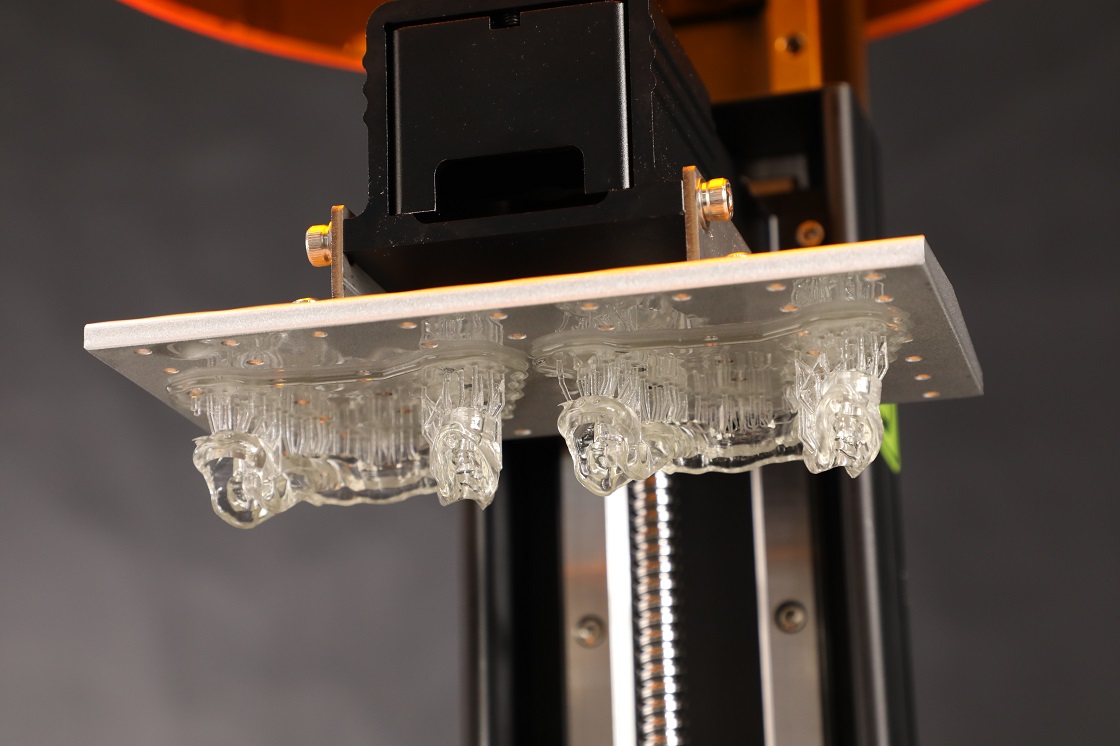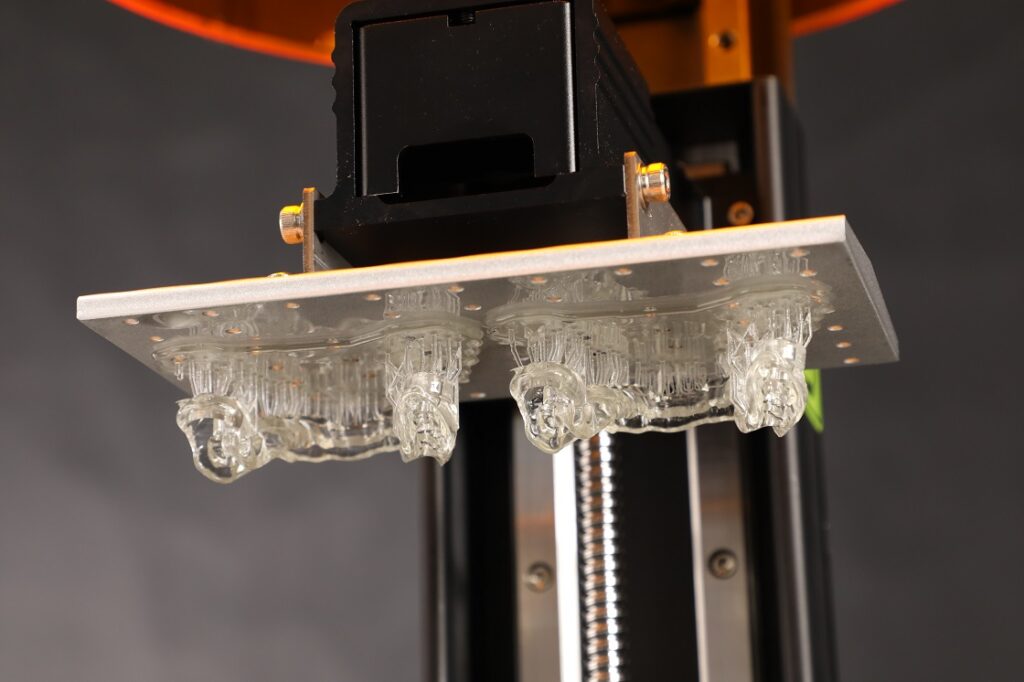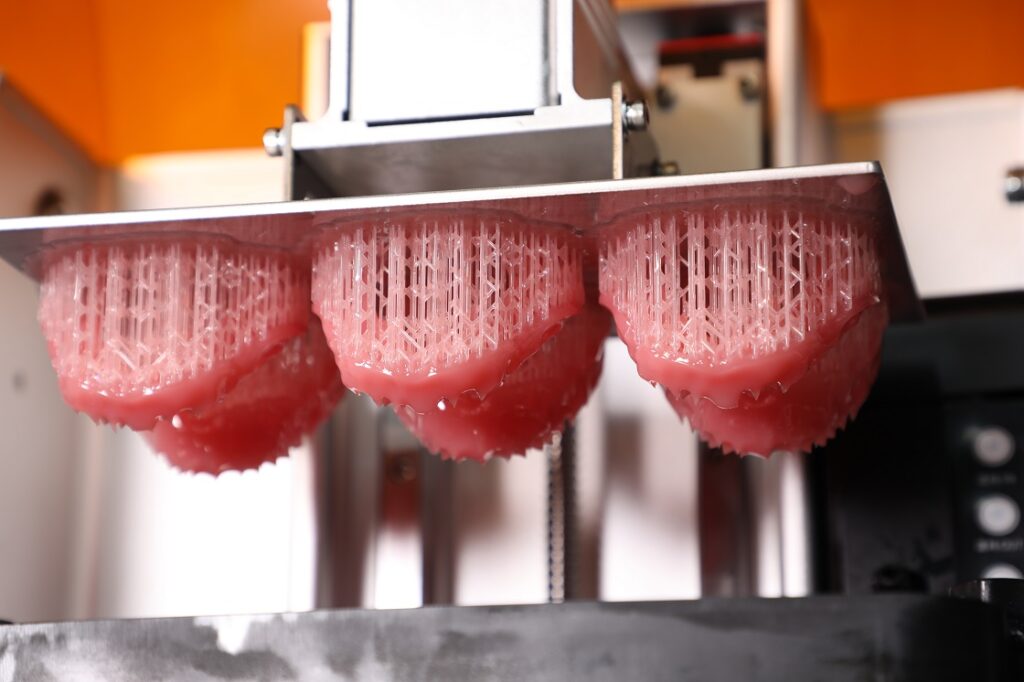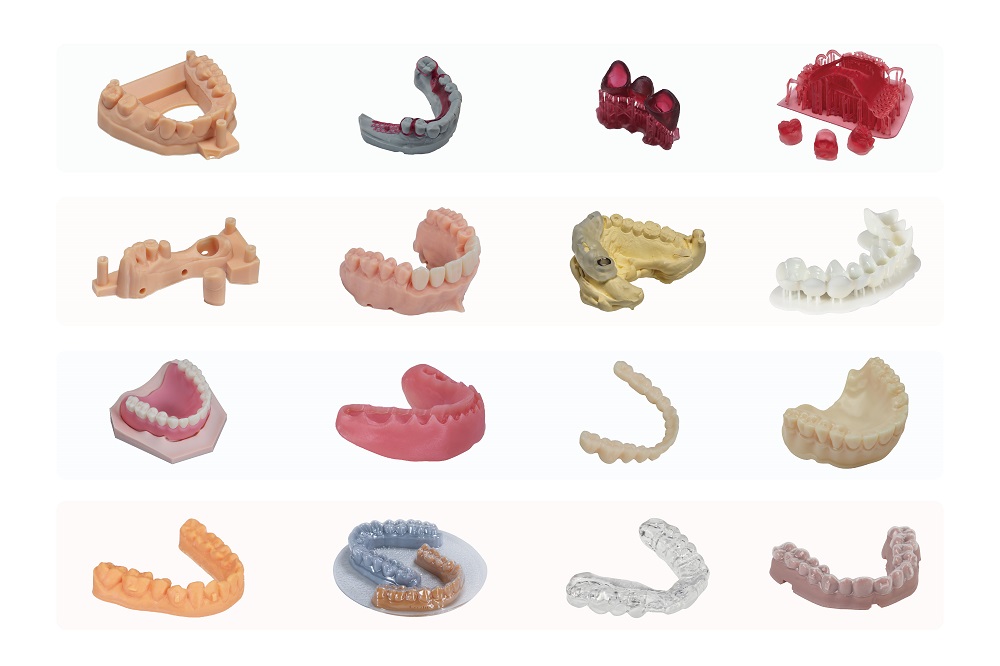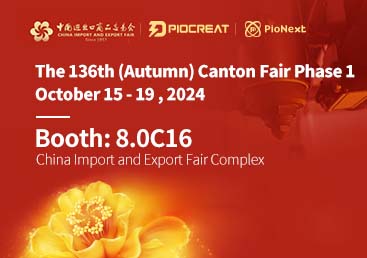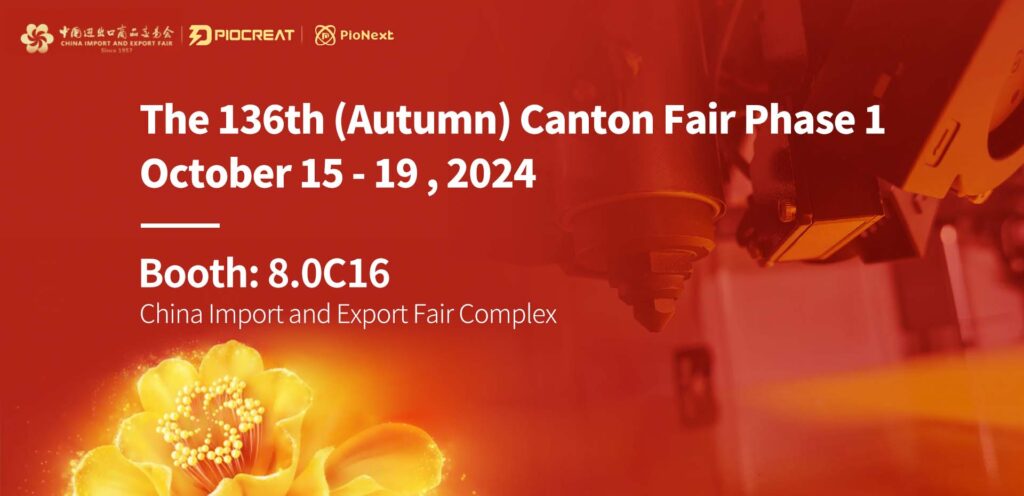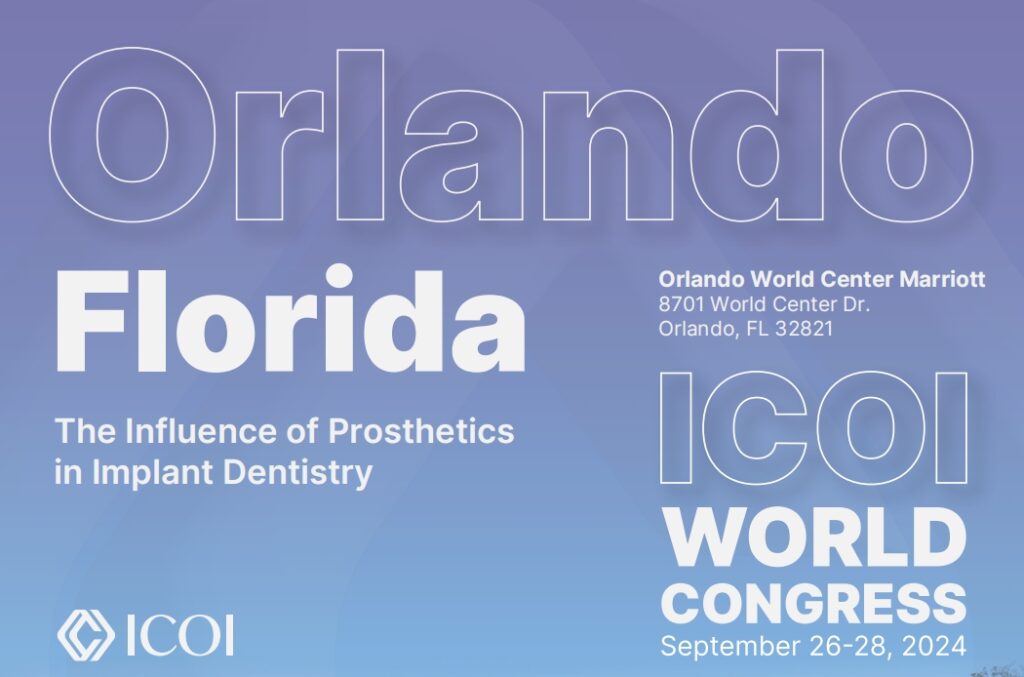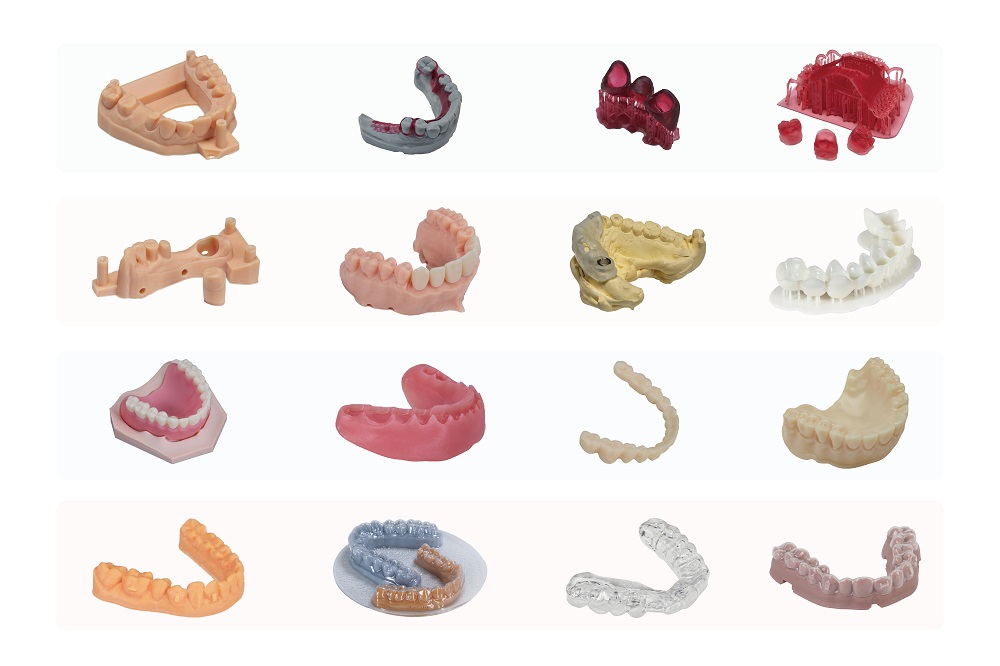REHACARE 2024: A Successful Journey for PioCreat
piocreat3d
on
October 14, 2024
PioCreat was thrilled to showcase its latest innovations at REHACARE 2024, the world’s leading international trade fair for rehabilitation and care. Held from September 25th to 28th, 2024, in Düsseldorf, Germany, this event brought together exhibitors and attendees from all over the globe to explore cutting-edge solutions for people with disabilities, chronic conditions, and care needs. At REHACARE, PioCreat demonstrated how our advanced 3D printing technologies are transforming the future of custom healthcare solutions.
With more than 40 years of history, REHACARE is an unparalleled platform for discussing the latest trends in mobility, barrier-free living, and assistive technology. It serves as a key meeting point for professionals, decision-makers, and caregivers, as well as individuals with disabilities. In this blog, we’ll recap PioCreat’s contributions and highlights from the exhibition, focusing on our Insole Customization Solution, Scoliosis Solutions, and our heartwarming story of personalized 3D printing.
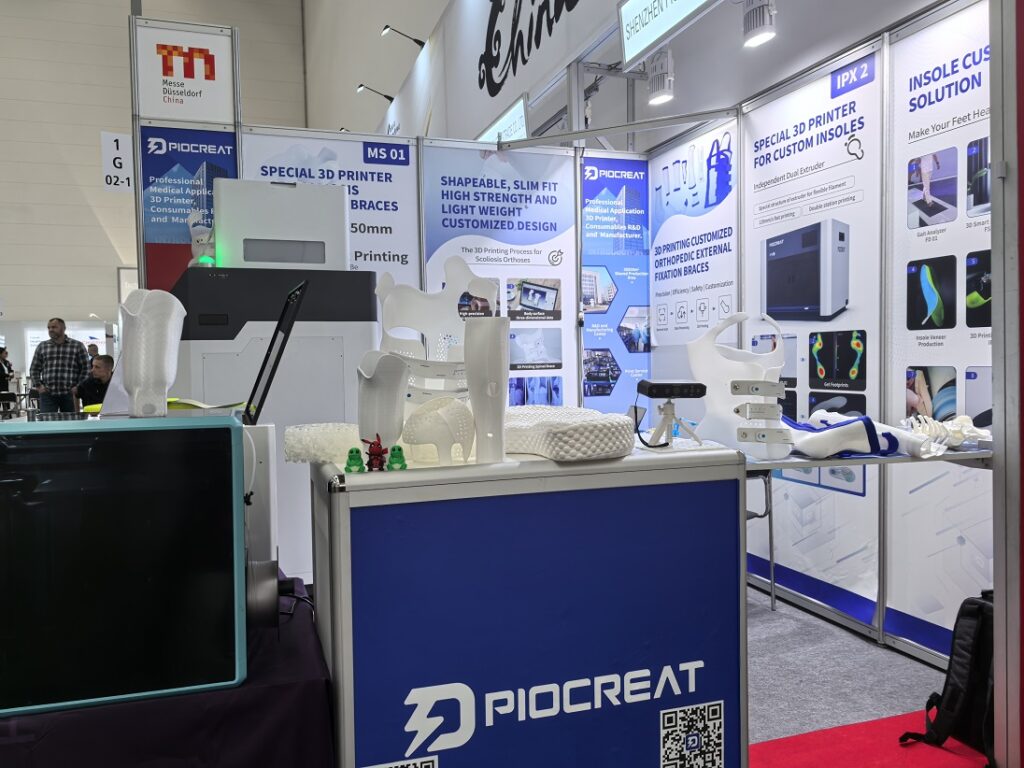
Exhibition Highlights
Insole Customization Solution: IPX2 Steals the Show

One of the biggest attractions at our booth was the IPX2 3D Printing Solution, which focuses on custom-made insoles. This innovation garnered considerable interest throughout the event, especially from podiatrists, orthopedic technologists, and healthcare professionals involved in rehabilitation.
The IPX2 is designed to simplify the production of orthotic insoles through a seamless integration of materials, hardware, and software. This system significantly reduces costs and labor while providing precise, comfortable, and affordable orthotic solutions.
Attendees were particularly impressed by the live demonstration of our insole customization process. Visitors were able to witness firsthand how quickly and efficiently our IPX2 could print insoles. The live demo received enthusiastic participation, highlighting how this solution can transform in-house orthotic production by streamlining workflows and enhancing patient comfort.
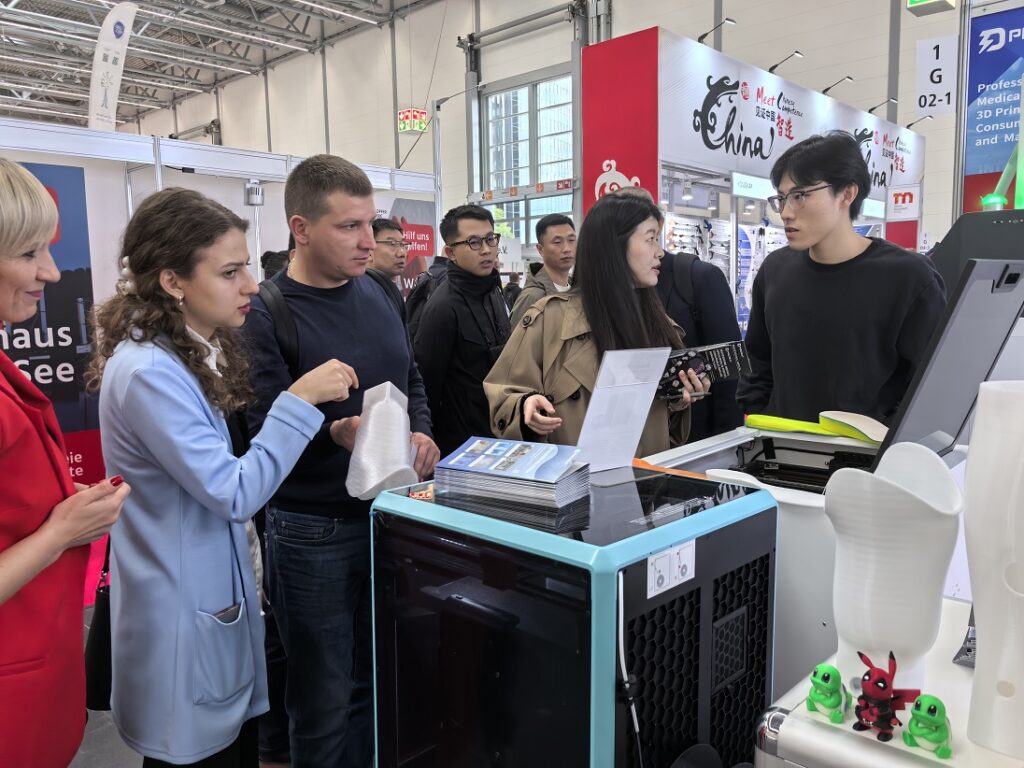
Scoliosis Solutions: Custom Healthcare with MS 01 3D Printer
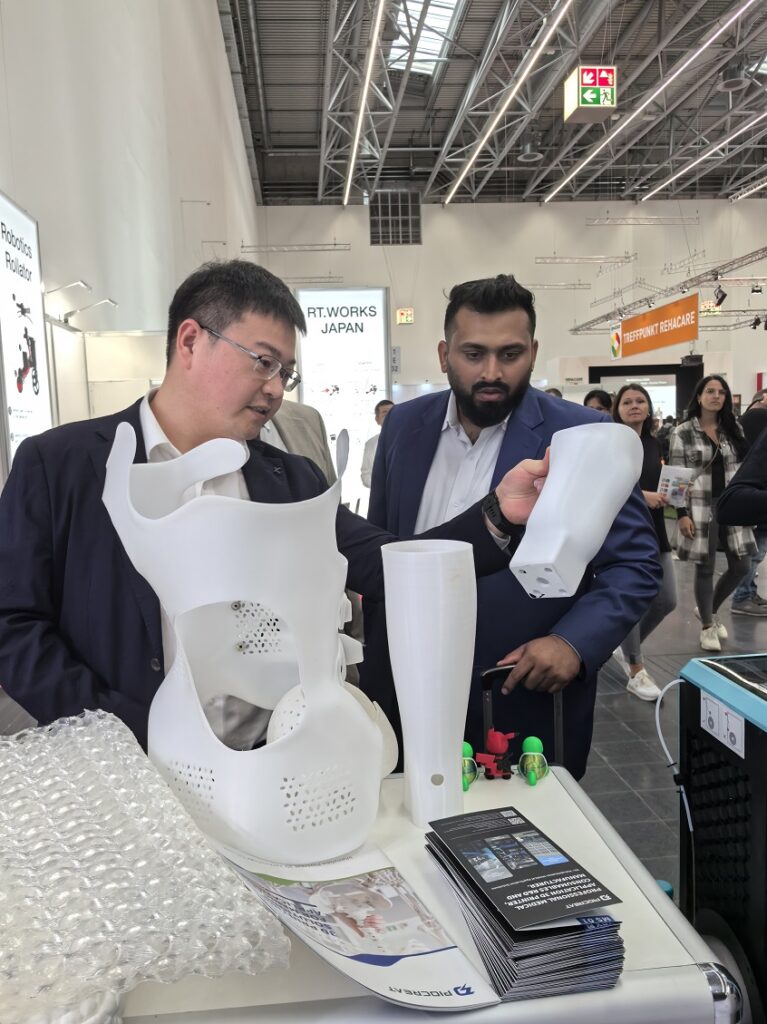
Another star of the show was our MS 01 High-Temperature Pellet 3D Printer, which is revolutionizing the production of customized spinal orthotics for individuals with scoliosis. This printer is designed to meet the specific needs of healthcare professionals who require precision, efficiency, and the ability to tailor products to individual patient requirements.
The MS 01 printer provides customized solutions that ensure optimal support and comfort for scoliosis patients. Unlike traditional methods of orthotic production, which can be time-consuming and costly, the MS 01 allows for the fast and efficient creation of personalized orthotics. This not only improves patient outcomes but also reduces production time, making the healthcare process more accessible and affordable.
Attendees at REHACARE were particularly drawn to the MS 01’s ability to customize healthcare solutions for individual needs, making it ideal for professional settings like rehabilitation centers, orthopedic clinics, and hospitals. The precision and versatility of the MS 01 make personalized care more attainable and scalable.
A Heartwarming Moment: 3D Printing for Accessibility
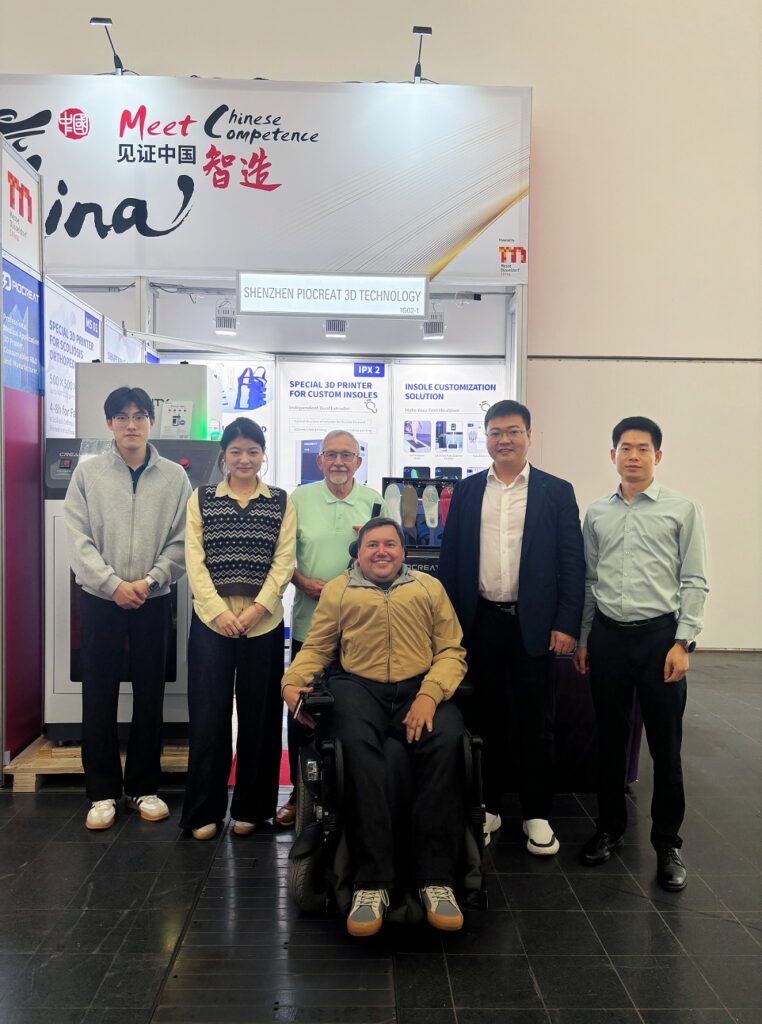
One of the most memorable moments during REHACARE 2024 was when we welcomed a disabled attendee in a wheelchair to our booth. After discussing his needs, our team decided to offer a personal demonstration of the potential of 3D printing. We 3D printed a customized handle for him. This small but impactful gesture highlighted the accessibility and personalization that 3D printing can bring to the lives of individuals with disabilities.
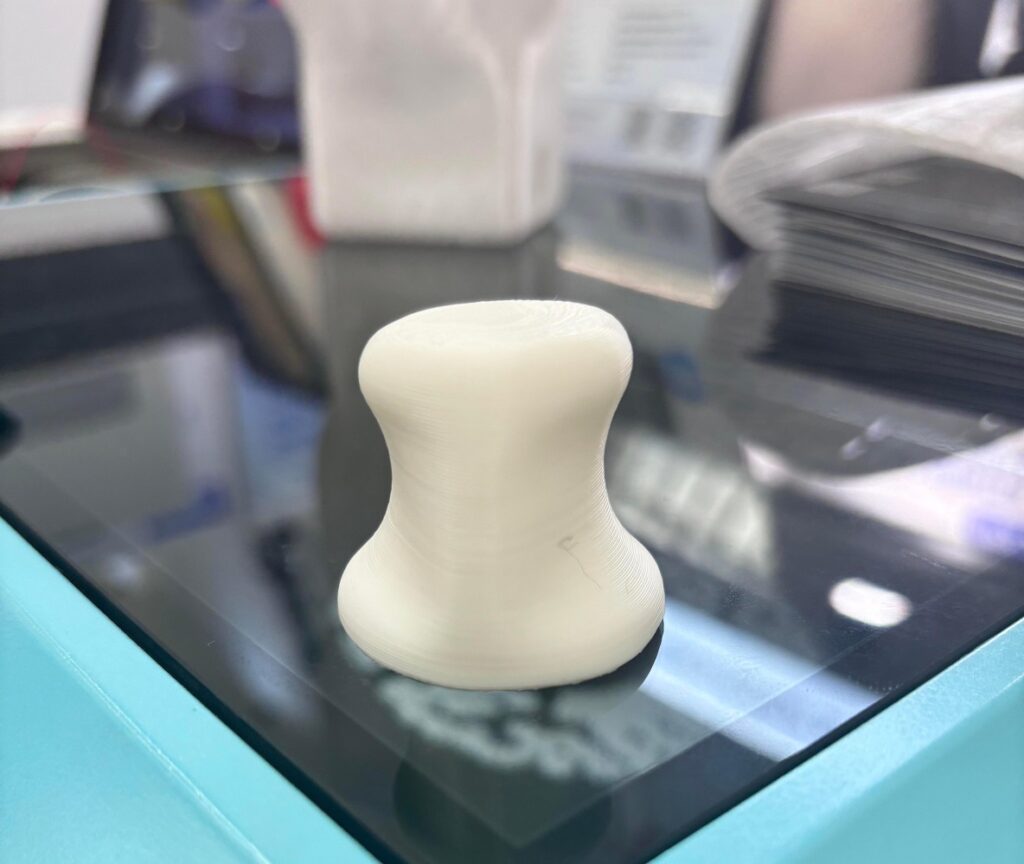
The visitor was thrilled with his new handle, and the PioCreat team shared a heartfelt moment as we took a photo together, celebrating the positive impact that personalized technology can have on improving everyday life. This moment underscored the importance of using technology to remove barriers and empower people with disabilities to live more independently and comfortably.
Engaging with Industry Professionals and Enthusiasts
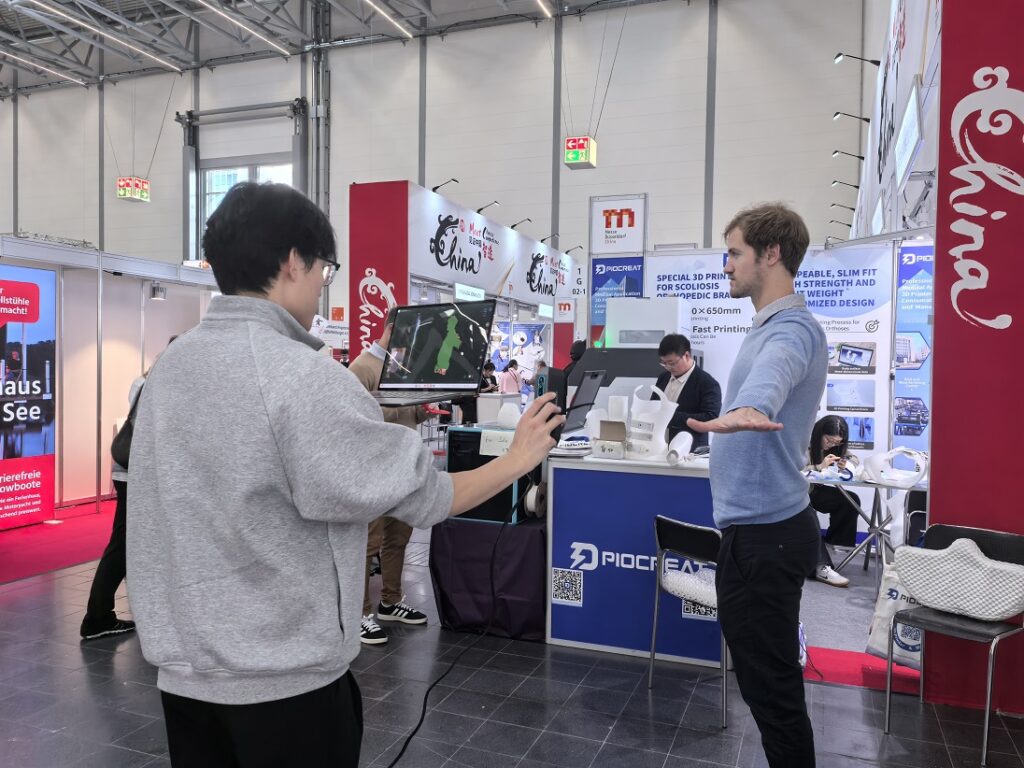
We were delighted by the number of visitors who came to our booth to discuss the latest developments and trends in 3D printing for healthcare. PioCreat’s commitment to providing innovative, high-quality solutions was well-received, and we engaged in productive discussions with a wide range of professionals, including:
- Healthcare providers
- Mobility specialists
- Barrier-free living advocates
- Technologists in assistive devices
We explored how 3D printing technology can continue to transform rehabilitation and care, particularly for those who need specialized mobility aids, orthotics, and other personalized medical devices.
About PioCreat 3D
Founded in 2015 and based in Shenzhen, China, PioCreat specializes in the production of industrial-grade 3D printers and advanced materials for a wide range of industries. Our product portfolio includes solutions for the automotive, aerospace, manufacturing, education, dentistry, medical, and marine sectors. We are committed to pushing the boundaries of 3D printing technology, with a focus on sustainability, innovation, and quality.

